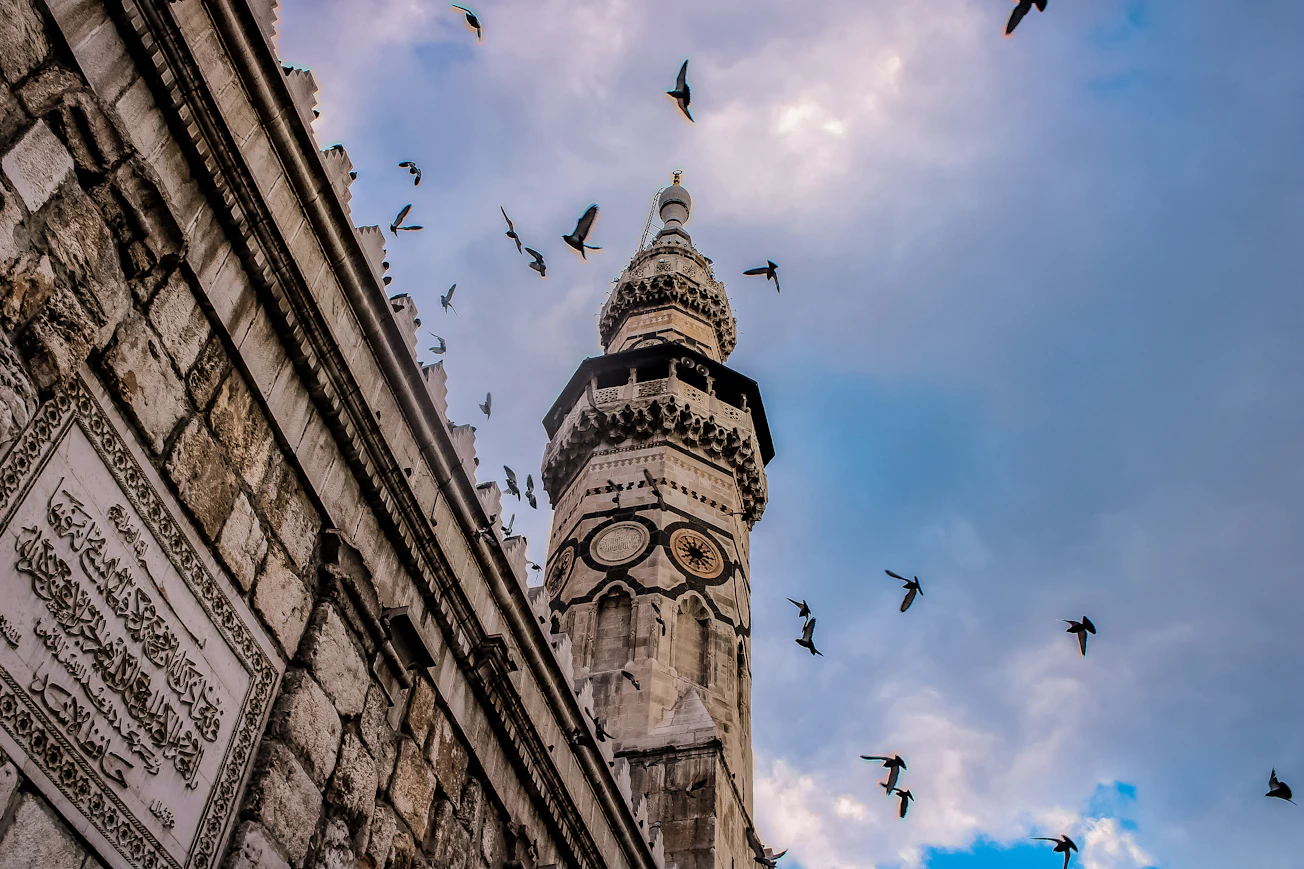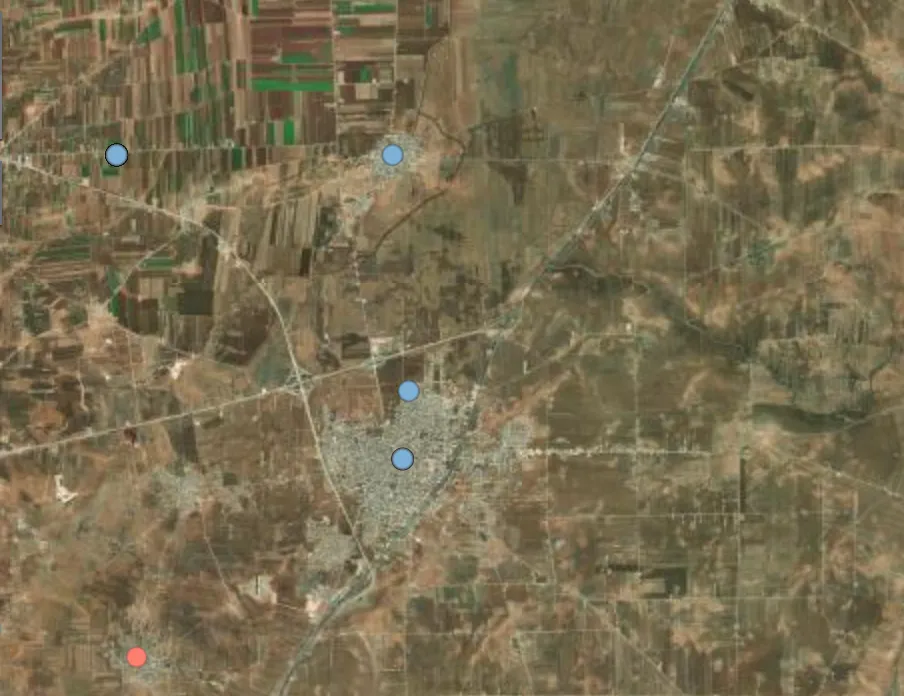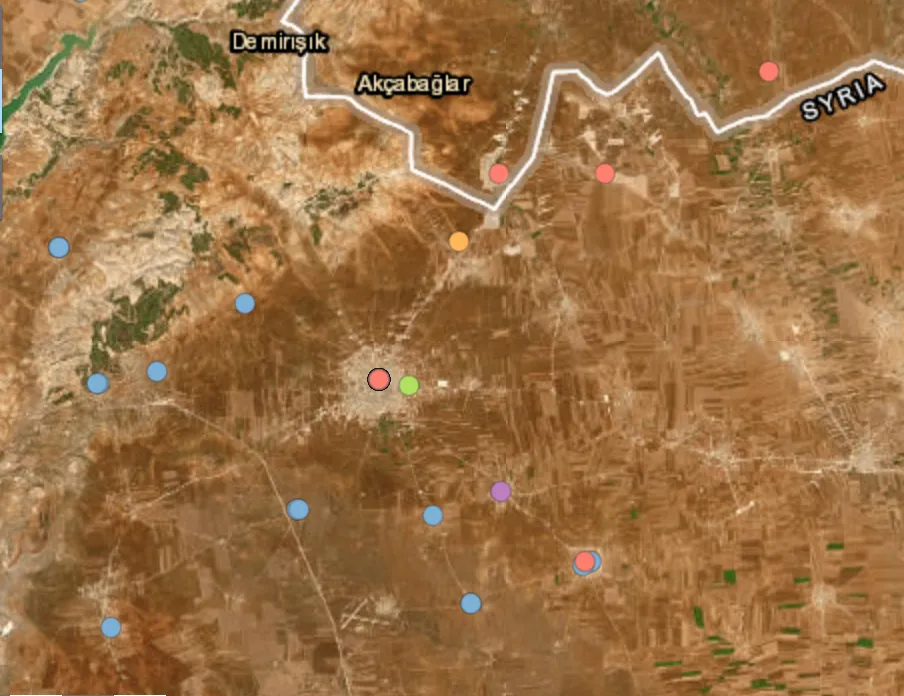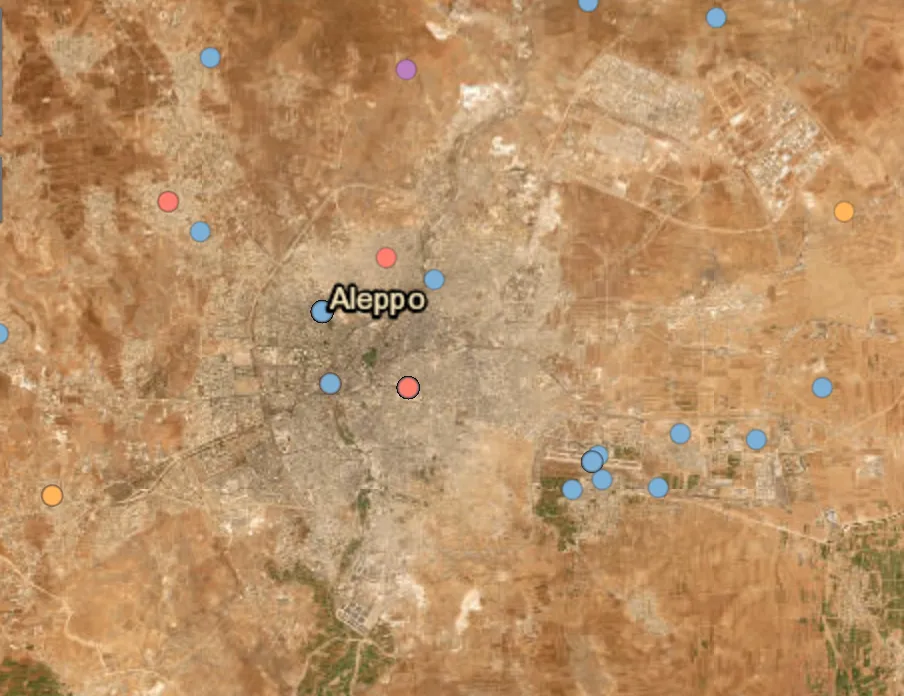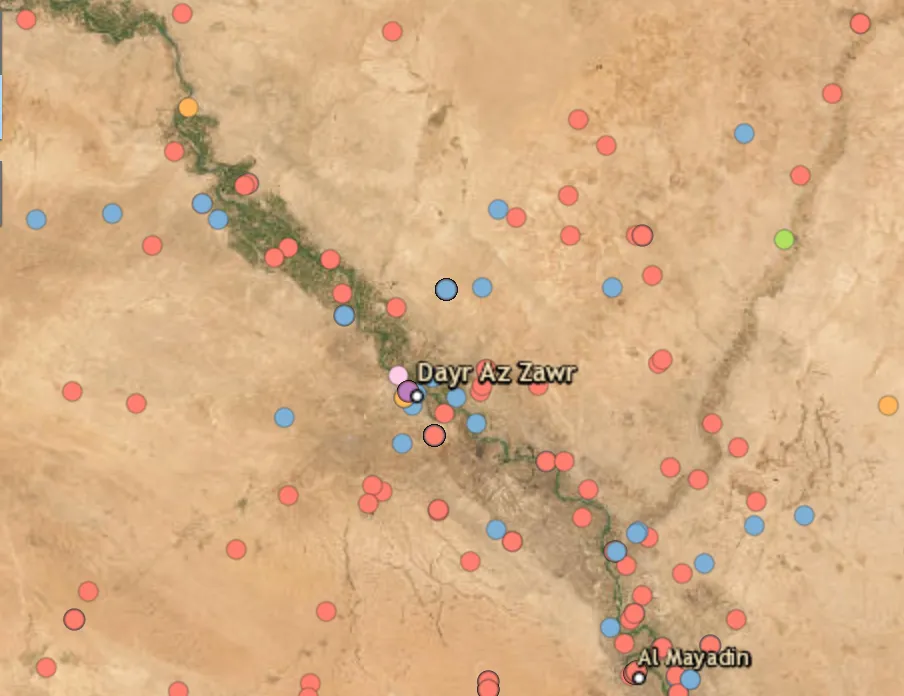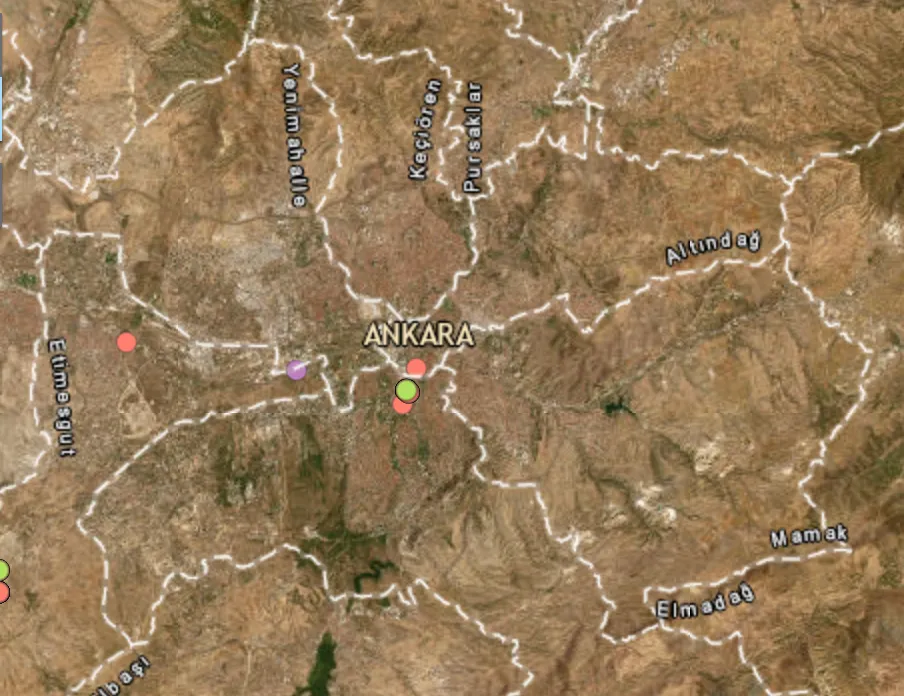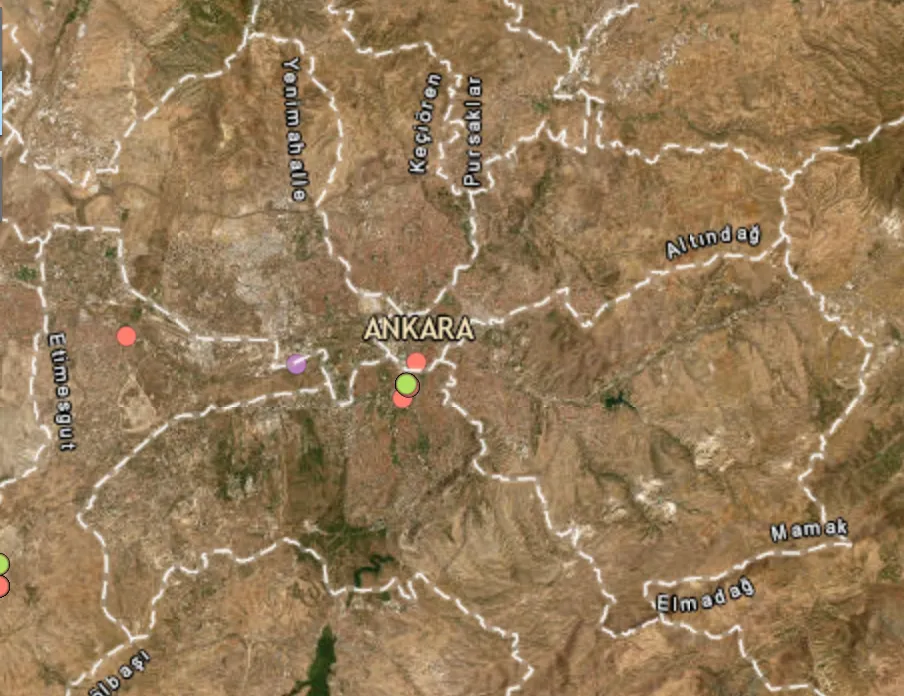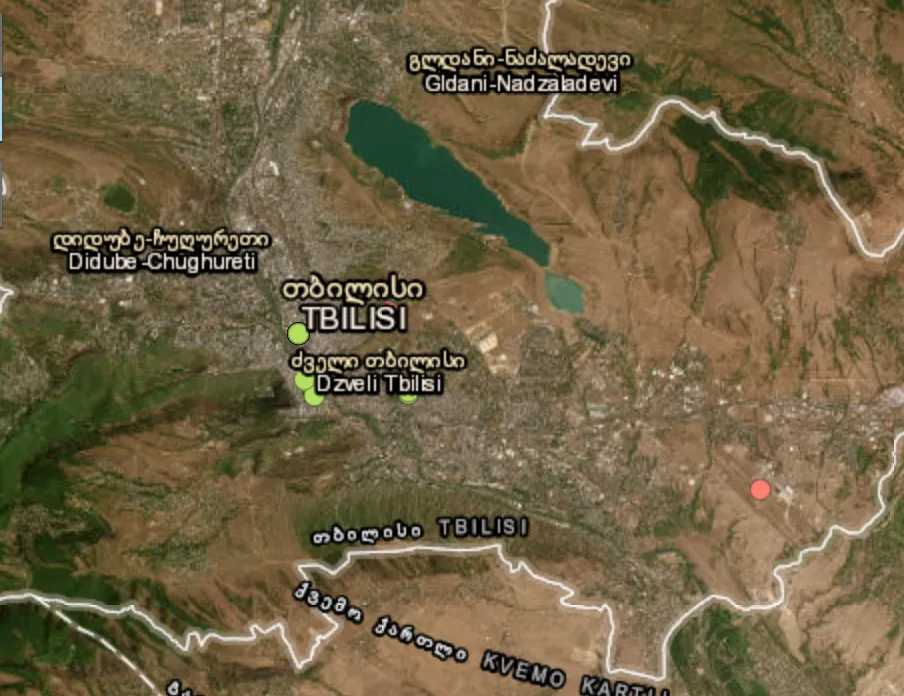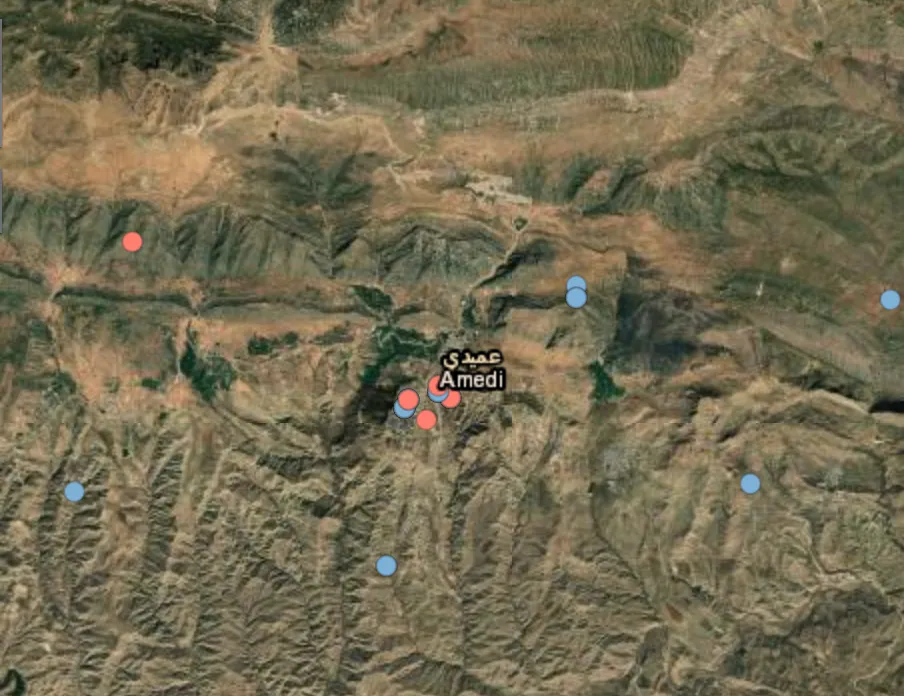Introduction
Since its inception in 2011, the Syrian conflict has evolved into a multifaceted geopolitical battleground, drawing in regional and global actors with divergent interests and strategies. What began as protests against the Assad regime swiftly escalated into a protracted civil war characterized by shifting alliances, external interventions, and competing agendas. In more than a decade of war, hundreds of thousands of Syrians have tragically lost their lives, while nearly thirteen million, constituting more than half of the country's prewar populace, have been displaced from their homes, according to the Council on Foreign Relations.
Areas of Operation
At its core, the conflict encompasses three theaters of conflict within Syria: the fight against the Islamic State, the struggle between the Syrian government and opposition forces, and Turkish military operations targeting Kurdish groups. These dynamics have not only reshaped the Syrian landscape but have also reverberated across the international stage, impacting diplomatic relations and regional stability.
Figure 1: Areas of Operation (Zoom to Explore)
As the conflict enters its second decade, the prospects for a resolution remain uncertain. Once prominently featured for its brutality in media headlines, the conflict has now reached a challenging impasse. As aspirations for regime change wane and peace negotiations prove futile, certain regional administrations are contemplating a shift in their stance toward engaging with Syrian leader Bashar al-Assad. With the government reclaiming control over the majority of the nation, Assad's grip on authority appears firm. However, amid this stability, the Syrian populace grapples with an economic downturn, exacerbated by a significant earthquake in early 2023 that plunged many in the northern regions deeper into despair.
Actors Involved
From the backing of the Assad regime by Russia and Iran to the support of rebel factions by the United States and its allies, each player's involvement has added layers of complexity to an already volatile situation. The multifaceted nature of the Syrian conflict involves a myriad of actors, each with distinct roles that range from cooperation to conflict. States, governments, rebel factions, militias, various ethnic groups, active political organizations, and external forces all play pivotal roles within the Syrian territory. Through the interactive network analysis below, we endeavor to provide a clearer understanding of the intricate web of relationships shaping the dynamics of the conflict.
Figure 2: Actors Involved (Zoom to Explore Relationships and Actor Backgrounds)
Conclusion
In conclusion, the Syrian conflict epitomizes the intricate interplay of geopolitical interests, with various state actors, rebel factions, and external forces shaping its dynamics over the past decade. From the support of the Assad regime by Russia and Iran to the backing of rebel factions by the United States and its allies, each player has contributed to the complex tapestry of alliances and conflicts.
Understanding the actors involved is crucial in comprehending the depth of this conflict. Through visual representation and analysis, this article has aimed to illuminate the multifaceted nature of the conflict, underscoring the necessity of informed discourse and international cooperation to pave a path toward peace. Only by understanding the roles and responsibilities of each actor can meaningful progress be made in resolving the Syrian crisis and restoring stability to the region.


